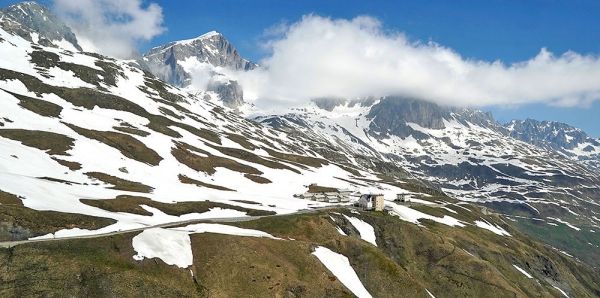Snow cover in the Alps has been melting almost three days earlier per decade since the 1960s. This trend is temperature-related and cannot be compensated by heavier snowfall. By the end of the century, snow cover at 2,500 meters could disappear a month earlier than today, as simulations by environmental scientists at the University of Basel demonstrate.
Global warming demands huge adjustments in tourism, hydropower generation and agriculture in alpine areas. But the fauna and flora also have to adapt to rising temperatures. By the end of the century, continuous snow cover for 30 days below 1,600 meters is expected to be a rare occurrence. “Snow cover protects alpine plants from frost and the growing season begins after the snowmelt. Changes in the snowmelt have a very strong influence on this period,” explains Dr. Maria Vorkauf of the Department of Environmental Sciences at the University of Basel. She researched alpine plant physiology intensively for her doctoral dissertation.
Continue reading at University of Basel
Image via University of Basel


